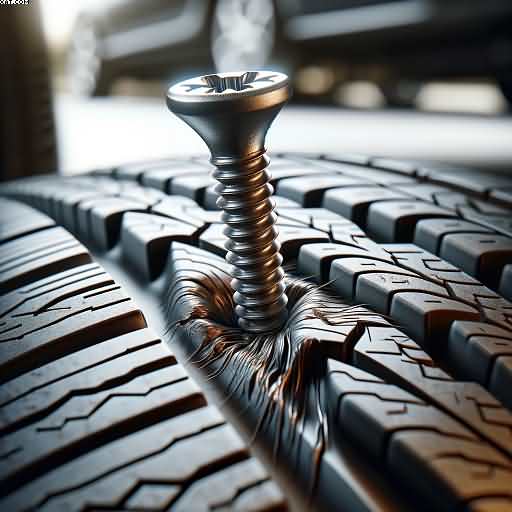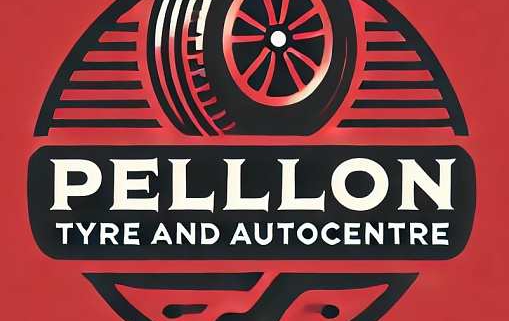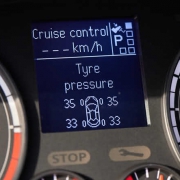Self Sealing Tyres
Table of Contents
Self sealing tyres

Self sealing tyres
This is not a new self sealing tyre from Kumho Tyres.
This type of thing is not a new idea. Continental tyres recently brought out their own version of the self-sealing tyre. That they call the “Conti-Seal”. Pirelli tyres also do a similar thing that they call the “Seal-Inside”. (It is what it says on the tin) as they say.
This type of self-sealing tyre development is an excellent idea. Especially for road safety, and they all work on the same principal. Thus, the inside of the tread area is coated with “thick tacky sealant layer”.
In the case of continental, the sealant looks like thick black tar. So, when an object such as a screw or nail penetrates the tyre tread area,. Then, this substance closes the hole. Consequently, only loses a small amount of tyre pressure. Enabling the driver to carry on their journey. Sometimes even not knowing about the object stuck into their tyre.
In my opinion,
I think that this is a good idea. A step forward in the fight to improve our road safety standard. Sometimes, if a normal tyre is penetrated, there will be a sudden loss of air in the tyres. Instantly deflating the tyre. Hence, the car will swerve and deviate off course. So, in the worst scenario, it could cause a bad accident.
At the moment, Kumho is only using the self-sealing tyres in their own country. South Korea. But I guess it will not be long before the tyres are distributed across the Globe. So, to compete with Continental and Pirelli. I would have thought that the extra weight of the sealant could have jeopardised the handling of the cars. But apparently they handle just as good as a normal tyre.
Self sealing tyres
A Kumho spokesman said, “While the weight of self sealing tyres are about 10 percent higher than a normal tyre, ride quality, braking performance, handling performance, and noise levels are equivalent to normal tyres,” so that answers my question?
I myself prefer this self-seal method to the “Continental Self-Sealing Tyre.”. It would also be of great advantage on caravans and trailers. But at the moment, I do not think that there are tyre sizes to fit this type of vehicle. I also feel that these new self sealing tyres should be used on more new vehicles.
Volkswagen was the first to use them.
Securing an exclusive one-year deal with Continental Tyres UK Ltd for exclusive use of the product, but this has now finished its time limit, and the self sealing tyres will probably be available to other car manufacturers.
Over the years, the puncture problem has improved. I am old enough to remember when we fitted a tube into almost every puncture, but traffic was much lighter and we didn’t have many motorways. We still though repair many punctures a week and it makes me cringe at the way that car makers are trying their utmost to get away with having to fit spare wheels to cars.

Self Sealing Tyres -We still get tyres presented to us that have sidewall damage,
But luckily for the driver, the car has a spare wheel. I think that the small space-saving wheels are a better compromise than no spare wheel at all because, as I have said earlier, there are many cars that run over a sharp object and damage the sidewall, and without a spare, the driver is going to be stuck.
A Continental Car Tyres self sealing tyres would certainly get you home, and a space saver would get you home, but not a self-sealing tyre; the material would not plug a hole in the sidewall, and the driver would be stranded.
My wife bought a Nissan Juke that did not have a spare so the first thing I did was to buy a spare alloy wheel and fit a tyre to match the others and we took it with us when we went on a long or important journey, just in case. See all about the new tyre in Kumho Tyre Reviews.
Pellon Tyres are now proud members of Tyresafe.org
- Fiat Mii for Full Exhaust System
- Drivers Avoid Car Servicing
- Searching For The Perfect Porsche
- Nissan Wheel Alignment
- Traffic Chaos Expected-on UK roads

